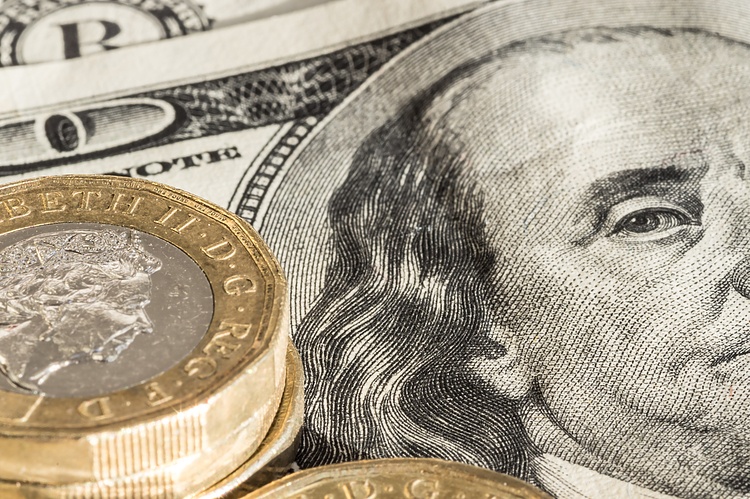The Pound Sterling (GBP) has experienced a decline below the support level of 1.3100 against the US Dollar (USD) in the recent New York session. This is the fourth consecutive trading session where the GBP/USD pair has been on a losing streak. This decline can be attributed to a decrease in market expectations for the Federal Reserve (Fed) to further reduce interest rates by 50 basis points (bps). The optimism for a rate cut has diminished after the release of the positive United States (US) Nonfarm Payrolls (NFP) report for September.
According to the CME FedWatch tool, the likelihood of the Fed implementing additional interest rate cuts totaling 75 basis points (bps) by the end of the year has significantly decreased following the release of the US NFP data. This shift in market sentiment has contributed to the weakening of the Pound Sterling against the US Dollar. The Pound’s outlook has improved significantly with its economic outlook, as indicated by DBS’ FX analysts Philip Wee and Chang Wei Liang.
GBP/USD has been forecasted to potentially trade within a higher range of 1.30-1.40 through the year 2025. This positive outlook is supported by the fact that in August, the 10-year yield differential between UK Gilts and US Treasuries became positive for the first time in several years. This indicates that the Bank of England is likely to reduce interest rates at a slower pace compared to the Fed. Additionally, the IMF has noted that the UK economy is rebounding faster than expected after a mild recession in 2023, further boosting confidence in the Pound’s outlook.
However, the Pound Sterling faced some downward pressure after Bank of England (BoE) Governor Bailey made comments suggesting a more aggressive easing stance. The GBP fell in response to these remarks, with the GBP/USD pair trading at around 1.3165 levels. OCBC’s FX analysts Frances Cheung and Christopher Wong highlighted Bailey’s statements in an interview with the Guardian, where he mentioned the possibility of the BoE adopting a more activist approach to rate cuts if inflation data continued to be positive.
Overall, the Pound Sterling’s recent decline against the US Dollar can be attributed to shifting market expectations regarding the Fed’s interest rate policy and comments from Bank of England officials regarding potential rate cuts. However, the Pound’s outlook remains positive based on its economic performance and the potential for a slower rate-cutting trajectory compared to the US. Traders and investors will continue to monitor developments in central bank policies and economic data to assess the future movement of the GBP/USD pair.











